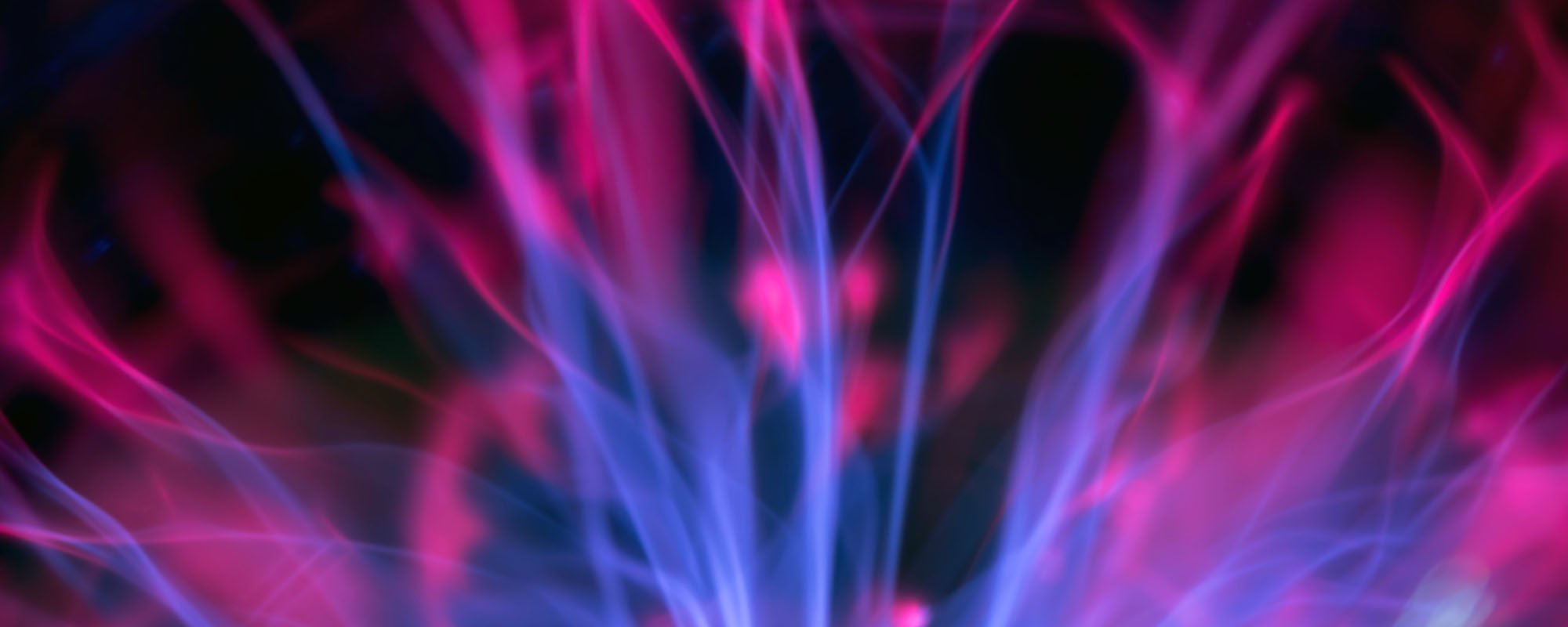FLOAT was an interactive exhibition that explored light. The exhibition was launched as a one-off event of lit installations spread over the floors of the Faculty for the Built Environment (University of Malta) on the evening of 3 July 2015. The exhibition had aerial walkways, floating rooms, colour bursts, and cityscapes captured in panes of glass.
Exhibits investigated the tactile, spatial, and digital aspects of collage emerging in the 20th century to the present. Architecture students developed visual journals that captured the concepts and studio process to produce 19 joint artworks.
The exhibition visualised the thought process. The exhibits did not illustrate ideas but were the product of active experimentation with concepts and media. Some exhibits made political statements while others seemed to warp the laws of physics. Mirrors, polished metals, and glass played with light—a visual feast.
FLOAT bridged the gap between art and architecture by infusing the Faculty of Built Environment with art. It paid homage to UNESCO’s International Year of Light, 2015.
The exhibition was created by 38 final year students reading for a B.Sc. in Built Environment Studies. The project complements the study unit Creative Interfaces in Collage and forms part of the ongoing initiative Art in Architecture developed by Dr Ruth Bianco (Visual Arts). She supervised and curated the exhibition.





Comments are closed for this article!